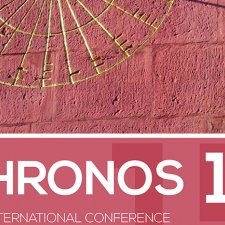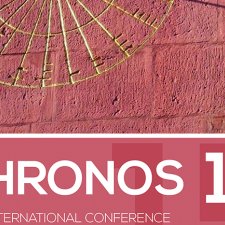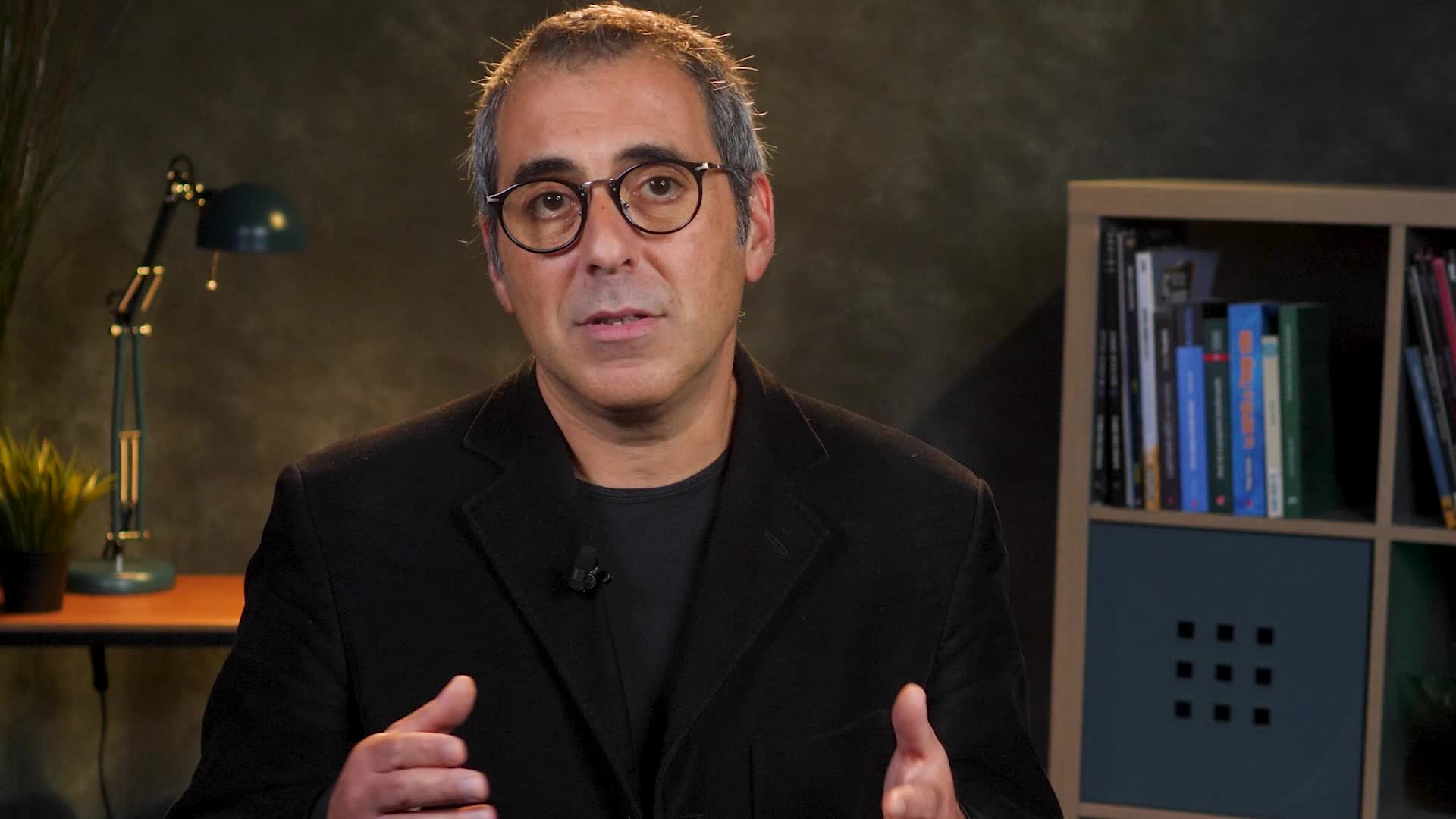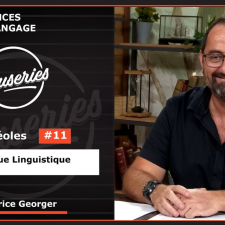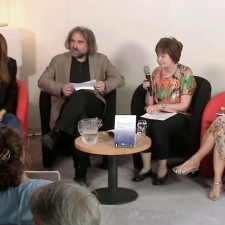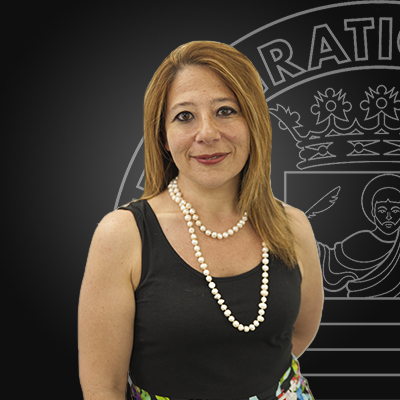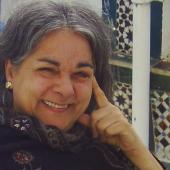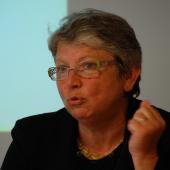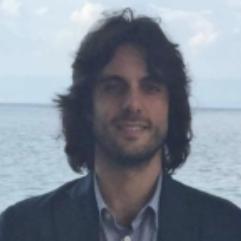Notice
Modal meanings become discourse-oriented
- document 1 document 2 document 3
- niveau 1 niveau 2 niveau 3
Descriptif
Cette conférence plénière a été donnée dans le cadre du colloque international La postmodalité et les cycles de vie des expressions modales, organisé par le laboratoire CRISCO, à l’Université de Caen Normandie, du 2 au 3 juin 2022. Le colloque portait sur les stades avancés de l’évolution des éléments modaux : le passage du domaine modal au domaine postmodal, la démodalisation, la structure interne du champ postmodal et les possibles cycles de remodalisation.
This keynote speech was given at the international conference on Postmodality and the life cycles of modal expressions, organized by the research group CRISCO, at the University of Caen Normandy, 2-3 June 2022. The conference focused on the late stages in the evolution of modal items, namely the transition from modal to postmodal domain, demodalization, the internal structure of the postmodal category and the possible remodalization cycles.
Heiko Narrog is professor at Tohoku University, Sendai, Japan. He received two PhDs from Ruhr University Bochum and Tokyo University respectively. His research interests are in semantics, typology, and language change, and his publications include the monographs Modality in Japanese and the Layered Structure of Clause (Benjamins, 2009), Modality, Subjectivity, and Semantic Change: A Cross-Linguistic Perspective (OUP, 2012), Grammaticalization (OUP, 2021, with Bernd Heine), as well as The Oxford Handbook of Grammaticalization (OUP, 2011), The Oxford Handbook of Linguistic Analysis. Second Edition (OUP, 2015), and Grammaticalization From a Typological Perspective (OUP, 2018), all co-edited with Bernd Heine.
Van der Auwera & Plungian’s (1998) map of possibility and necessity paths offers a re-arrangement of Bybee et al. (1994)’s data on grammaticalization paths in the domain of modality along two dimensions: First, this is necessity vs. possibility, and second pre-modal vs. modal vs. post-modal. It is important to realize that these two parameters are not intrinsically given in Bybee et al. (1994)’s data. The data only provide the directionalities as such. The parameters imposed on them are to some extent arbitrary, as any alternative parameters would be.
In this presentation I will argue for a different interpretation of the data. First, with respect to the pre-modal/modal/post-modal distinction, I will point out that most of the “post-modal” functions are in fact (still) modal. In this sense, a distinction modal vs. non-modal would seem more accurate or appropriate than pre-modal/modal/post-modal. Secondly, I will point out that a parameter of volitive (i.e., deontic and boulomaic) vs. non-volitive (i.e., situational, intrinsic, epistemic) modality is more relevant to grammaticalization paths than possibility vs. necessity. Lastly, I will point out that the overall direction of change is not towards “non-modal” but an increase in discourse-orientation (Narrog 2012, Narrog & Heine 2021). Discourse-orientation includes subjectification and intersubjectification at earlier stages, but at the late stages in the development of modal meaning, dubbed as “post-modal” in van der Auwera & Plungian (1998), it signifies shift toward meanings that contribute to the construction of discourse, a tendency that is not meaningfully covered by the traditional term “subjectification”. Furthermore, grammaticalization of modal expressions unidirectionally proceeds into higher positions in various models of grammar, that correspond to a higher degree of discourse orientation, thus providing independent confirmation for the model of change proposed here.
References
- Bybee, Joan & Perkins, Revere & Pagliuca, William. 1994. The Evolution of Grammar: Tense, Aspect, and Modality in the Languages of the World. Chicago: The University of Chicago Press.
- Narrog, Heiko. 2012. Modality, subjectivity, and semantic change. Oxford: Oxford University Press.
- Narrog, Heiko & Bernd Heine. 2021. Grammaticalization. Oxford: Oxford University Press.
- van der Auwera, Johan & Plungian, Vladimir A. 1998. Modality’s semantic map. Linguistic Typology 2, 79–124.
Thème
Sur le même thème
-
Des langues inventées au télégraphe : technologies du langage et machines linguistiques sous la Rév…
CostaJamesAvec le télégraphe de Chappe, James Costa rappelle que les machines aussi ingénieuses soient-elles prennent tout leur sens lorsqu'elles s'inscrivent dans un contexte humain, social et politique...
-
Topics in aspectuo-temporal expression in Anindilyakwa
BednallJamesThis presentation examines temporal and aspectual expression in Anindilyakwa, a language whose inflectional verbal system displays both a complex morphological makeup, and a largely underspecified
-
Co-reference in (linguistic-)pictorial discourse
AltshulerDanielThis talk takes up the question of how one arrives at pragmatic interpretations of pictorial and mixed linguistic-pictorial discourses.
-
1 – Evolution des paradigmes culturels. 1
NobileLuca"Evolution des paradigmes culturels (1)" par Luca Nobile, Université de Bourgogne
-
Langue et culture créoles : Politique linguistique
ChadyShimeen-KhanGeorgerFabriceSciences du langage - Langue et culture créoles #11 - Politique linguistique
-
Les nouvelles voies de l'énonciation - Dans l'intimité de la recherche
Colas-BlaiseMarionDonderoMaria GiuliaBasso FossaliPierluigiVallespirMathildeSoirée "Les nouvelles voies de l'énonciation", dans le cadre d'une conversation « Dans l’intimité de la recherche», qui a eu lieu le 7 juin 2023 au Forum de la FMSH
-
-
La propagande dans le contexte politique italien
Cette conférence, donnée dans le cadre du programme PandheMic (Propagande : héritages et mutations contemporaines) , a été l'occasion d'attirer l’attention sur la transformation des stratégies de
-
André Pézard traducteur de Dante ou le choix inactuel et délibéré de l’archaïsme
Notre intervention ouvre la série des rencontres sur les traductions de l'IMEC avec un sujet complexe et contrasté. Pour l'italianisme français et pour la traductologie italo-française, le fonds d
-
Les témoignages des locuteurs du Calvados : étude linguistique et dialectale
La communication traite de l'étude linguistique et dialectologique d'un corpus de dix témoignages oraux d'habitants du Calvados, ayant vécu les bombardements du 6 juin 1944. Les témoins ont répondu
-
Lexicographie bilingue : enseignement de l’italien et traduction dans deux grammaires italiennes éc…
Les deux grammaires ici comparées, parues à Londres en 1821 (manuel de Veneroni-Zotti) et à Paris en 1865 (manuel de Vergani-Ferrari), sont représentatives de deux conceptions différentes de la langue
-
Illudere, deludere : penser la violence comme un ‘jeu’ dans la culture romaine
Dans le débat anthropologique des dernières décennies une place de plus en plus importante est occupée par l’étude des systèmes métaphoriques que chaque culture produit. En partant du principe que la



